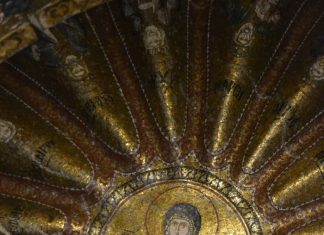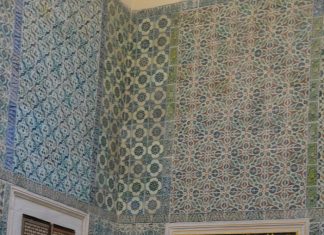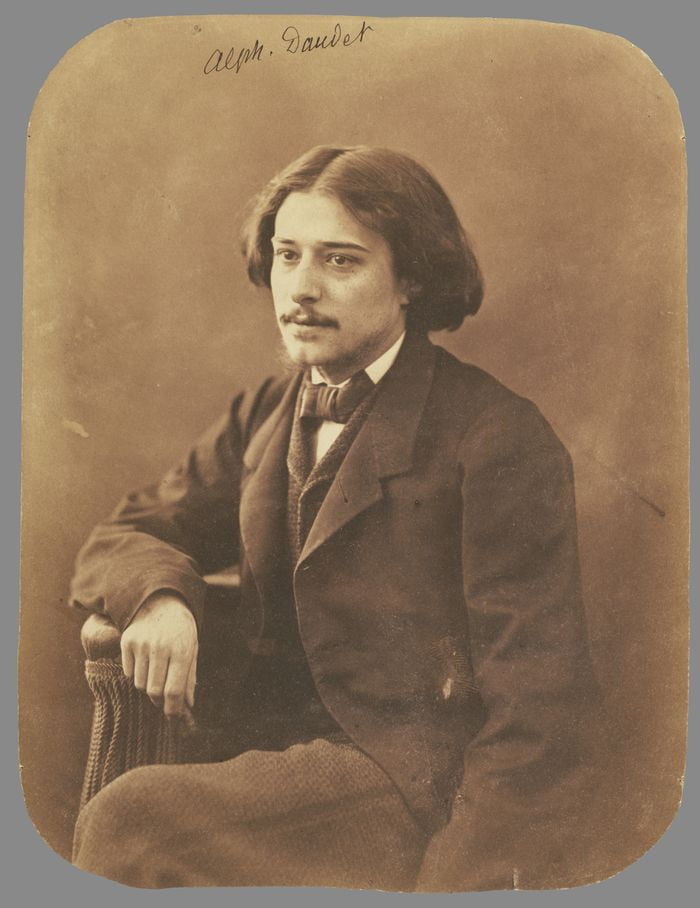Controversy Over Modern Greek Translations
Background of the Dispute
In the early 1900s, a serious controversy erupted in Athens over the translation of the Bible into modern Greek. Many scholars...
Language Controversy in Greece
Ancient vs Modern Greek
In the spring of 1902, Athens experienced political riots caused by a dispute over language. Greek scholars are very protective of...
Politics in Greece
The Burden of Politics
Politics has long been called the curse of Greece. The country is small, its financial and industrial resources are limited, and...
The Format of the Letters to the Seven Churches
In each of the letters to the seven churches, the Lord Jesus used a clear and specific format. Let’s look at how He structured...
The City of Ephesus
Ephesus was a large city with about 200,000 people. It was an important and beautiful place. The city had a huge outdoor theater that...
Letter Writing in the Roman Empire
In the first and second centuries, writing letters and traveling were common in the Roman Empire. There was a lot of communication between different...
Rise and Decline of Caria through History
Extent of Carian Territory
At its zenith, Caria’s territory stretched from present-day Lake Bafa in the north to Lake Köycegiz east of Marmaris in the...
Mystery of Ancient Caria
Origins of Caria
In ancient times, the coastal and inland regions of Asia Minor were organized into provinces with uncertain origins, shaped by indigenous populations...
Struggles in the Maccabean Kingdom
Salome Alexandra’s Rule (76-67 B.C.
After the death of Alexander Jannaeus, his wife Salome Alexandra took charge of the Maccabean kingdom. Their son, John Hyrcanus...
A Nostalcig Street in Beyoglu
In the time of Ottoman Empire, the relations between Turks and Frenchs were deeply ancient.
So that the first ambassadorship was French at the right...













